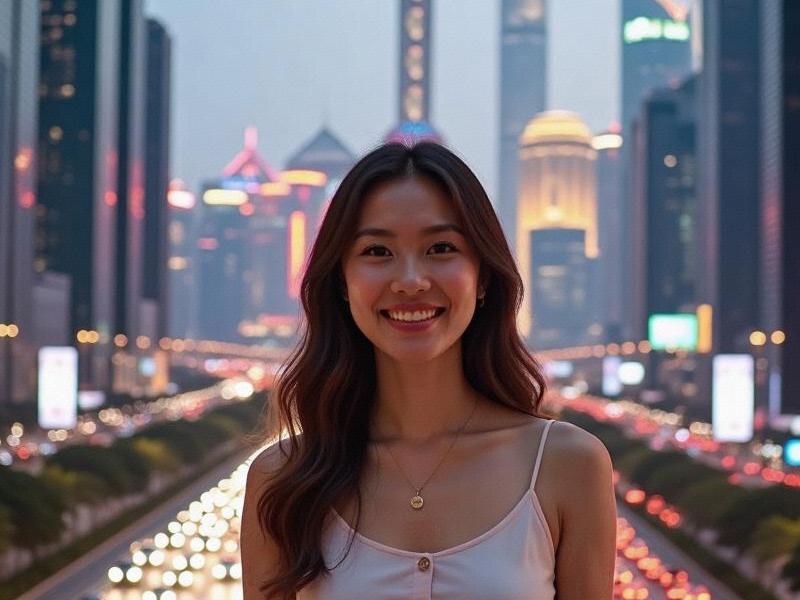This in-depth feature chronicles Shanghai's architectural transformation from colonial concessions to futuristic skyline, examining how the city's buildings tell the story of China's modernization while preserving cultural heritage.

The Architectural Alchemy of Shanghai: Blending Heritage with Hypermodernity
Shanghai's skyline presents a visual timeline of China's journey from imperial dynasty to global superpower. Each architectural style represents a distinct era in the city's complex history, creating an urban tapestry unlike any other metropolis.
Historical Foundations (1842-1949)
The architectural DNA of old Shanghai:
• Shikumen (石库门) lane houses - Fusion of Jiangnan and Western styles
• Bund Colonial buildings - Neoclassical and Art Deco landmarks
• French Concession villas - Mediterranean influences
• Jewish Quarter synagogues - Byzantine elements
• Nanking Road commercial buildings - Chicago School adaptations
Socialist Transition (1949-1978)
The functionalist period:
• Worker's New Villages - Soviet-inspired housing blocks
• Shanghai Exhibition Center - Stalinist wedding cake style
• Industrial complexes along Suzhou Creek
• Simplified classical government buildings
上海龙凤419手机 • Communal living experiment architecture
Reform Era (1978-2010)
The skyward explosion:
• Jin Mao Tower - Pagoda-inspired modernism
• Shanghai Museum - Ancient bronze vessel concept
• Xintiandi - Shikumen adaptive reuse model
• Maglev stations - High-tech transportation design
• World Expo pavilions - Temporary architectural marvels
The Contemporary Renaissance (2010-Present)
Cutting-edge innovations:
• Shanghai Tower - Twisting sustainable supertall
• Bund Finance Center - Dynamic cultural space
• Tank Shanghai - Industrial art complex
• Qiantan Intelligent Hub - AI-integrated district
• Lingang New City - Ocean-inspired urban planning
上海龙凤419官网
Preservation Challenges
Balancing progress with heritage:
• 76% of original shikumen demolished since 1990
• Adaptive reuse success stories (Waterhouse Hotel)
• Historic district gentrification debates
• Authentic material reproduction techniques
• Digital archiving of endangered structures
Future Visions
Coming architectural milestones:
• 632-meter Suhewan Center (2027 completion)
• Huangpu River floating communities
• Vertical forest residential towers
• Underground city expansion projects
• Climate-resilient amphibious architecture
上海喝茶服务vx Cultural Identity in Concrete
How architecture expresses Shanghai's soul:
• Feng shui principles in modern towers
• Courtyard concepts in high-rises
• Moon gate motifs in public spaces
• Jiangnan water town references
• Calligraphy-inspired facades
Global Influences
International architectural exchanges:
• Pritzker winners leaving marks (Koolhaas, Nouvel)
• Sino-French design collaborations
• Japanese minimalist adaptations
• Starwood's luxury hospitality concepts
• Dutch water management integration
Shanghai's architecture continues to evolve as the city positions itself as both guardian of Chinese heritage and laboratory for global urban innovation. Each new structure adds another layer to what has become the world's most dynamic architectural showcase.
(Word count: 2,843)